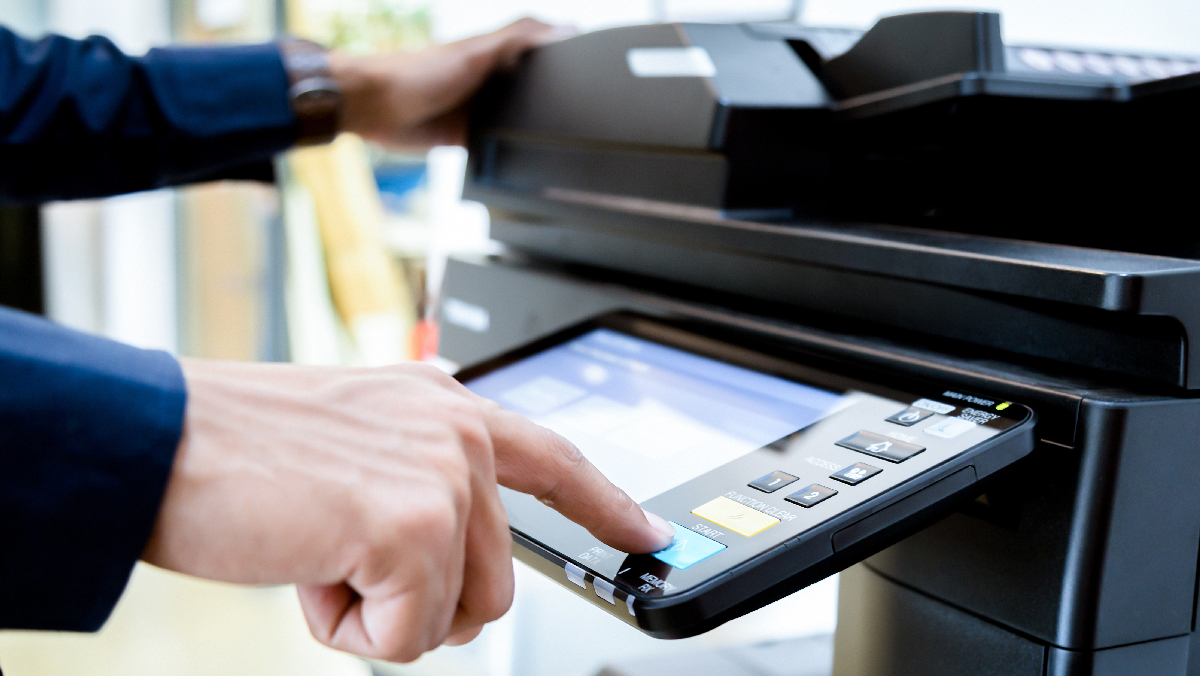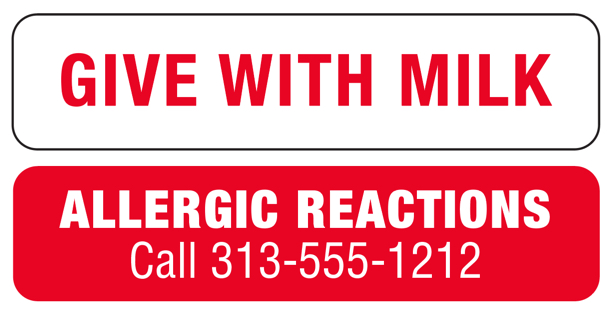Companies like UAL stock hundreds of items designed for the unique applications found in healthcare, veterinary practices, manufacturing and distribution operations and more. But, when you need an item with your logo, contact information, a unique color or format or there just isn’t a stock label that meets your needs, it requires a custom label. And when that happens, what is your best option? When is it cost effective to use an outside source versus your own desktop printer to produce a custom label?
Can You Use Your Desktop Printer To Produce A Custom Label?
To produce a custom label using your own desktop printer you first need a blank stock label. Although these items are readily available in a variety of sizes and shapes, they also have limitations that you should consider. For example, these items are typically designed for paper or corrugated boxes. So, as a first step, define your custom label requirements:
- Does temperature and/or humidity factor into the application? Standard adhesives often fail in hot/cold or dry/humid conditions.
- What substrate is the label applied to? A tight diameter like a vial or syringe or a textured surface may require a special adhesive to stay applied properly.
Custom Label Cost Drivers
Once you’ve determined that you could produce a custom label using a desktop printer, consider these factors which impact the cost:
- Print output - is your custom label black, one color or multiple colors? The cost per page can range from $.04/page for black to around $.2/page for color depending upon the printer you use.
- Quantity - as quantities increase, the efficiencies of custom manufacturing increase. This may decrease the per label unit cost below the cost of printing it yourself.
- Ongoing use - if it is a small one-time application, printing it yourself is likely cost-effective. But, if you only use a few labels now and expect to use hundreds more over the course of the next six months or a year, custom manufacturing may be the better alternative.
- Waste - aligning the labels to print out properly may result in wasting a few sheets so account for that in your calculations.
- Minimum order quantities - Let’s say you need to customize a few hundred labels using your own printer. If it requires a stock label size that you don’t use for any other application, producing the custom label yourself may not be a good option. Look at minimum order quantities to make sure it aligns with your needs.
- Design complexity - a common desktop printer delivers printed output typically in a range from 72 to a 600 dots per inch (dpi) image. Custom label manufacturers produce printed output at 1200 dpi. Because of this disparity, logos and other more refined images are challenging to reproduce on most desktop printers. In addition, if you do have a printer with 600 dpi or greater output capability, consider the toner/ink cartridge usage. Higher resolution images will likely increase the amount you use.
- Time - the design complexity can also add time, another cost element. The amount of time it takes to design the label, set it up on the printer, test the output and the possibility that you will waste a few sheets of labels during the process all factor into total cost.
Printing your own custom label is a viable option but there are many variables to consider. United Ad Label has over 50 years of experience producing stock and custom labels. If you need additional information or guidance on how to approach your application, give us a call.


